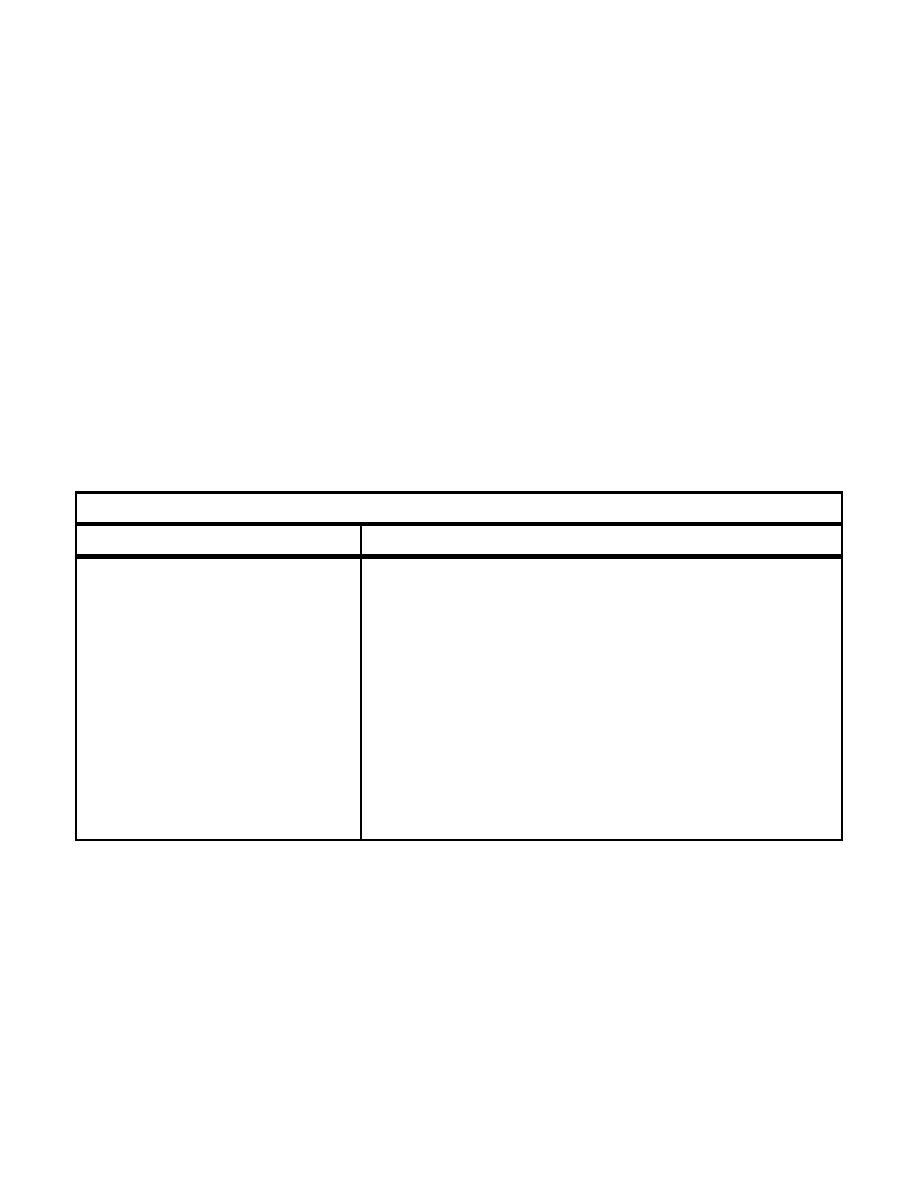
Chapter 3
RUNWAYS (FIXED-WING) AND IMAGINARY SURFACES
3.1. Contents. This chapter presents design standards and considerations for fixed-wing runways and
associated imaginary surfaces.
3.2. Requirements. The landing and take-off design considerations for an airfield include mission
requirements, expected type and volume of air traffic, traffic patterns such as the arrangement of
multidirectional approaches and takeoffs, ultimate runway length, runway orientation required by local
wind conditions, local terrain, restrictions due to airspace obstacles or surrounding community, noise
impact, and aircraft accident potential.
3.3. Runway Classification. Runways are classified as either Class A or Class B, based on aircraft
type as shown in Table 3.1. This table uses the same runway classification system established by the
Office of the Secretary of Defense as a means of defining accident potential areas (zones) for the Air
Installations Compatible Use Zone (AICUZ) Program. These runway classes are not to be confused
with aircraft approach categories and aircraft wingspan in other DoD or FAA documents, aircraft weight
classifications, or pavement traffic areas. The aircraft listed provide examples of aircraft that fall into
these classifications and may not be all-inclusive.
Table 3.1. Runway Classification by Aircraft Type.
Class A Runways
Class B Runways
P-3
C-141
A-6
OV-1
C-1
S-3
E-3
A-10
C-2
SR-71
E-4
AV-8
T-28
C-12
T-1
E-6
B-1
T-34
C-20
T-2
R/F-4
B-2
T-44
C-21
T-6
F-5
B-52
U-21
C-23
T-37
F-14
C-5
UV-18
C-26
T-38
F-15
C-9
DASH-7
E-1
T-39
F-16
KC-10
DASH-8
E-2
T-42
F/A-18
C-17
T-45
F-22
C-130
TR-1
FB-111
C-135
U-2
F-117
C-137
Notes:
1. Only symbols for basic mission aircraft or basic mission aircraft plus type are used. Designations represent
entire series. Runway classes in this table are not related to aircraft approach categories, aircraft weight,
aircraft wingspan, or to pavement design classes or types.
2. These are examples of aircraft which fall into these classifications, and may not be all inclusive.
3. Rotary aircraft are not addressed in this table.
4. V-22 aircraft is a rotary aircraft which operates as a rotary-wing aircraft on a Class A runway and operates as
either a fixed-wing or rotary-wing aircraft on taxiways associated with Class A runways.
3.3.1. Class A Runways. Class A runways are primarily intended for small light aircraft. These
runways do not have the potential or foreseeable requirement for development for use by high
performance and large heavy aircraft. Ordinarily, these runways are less than 2,440 meters [8,000
3-1



 Previous Page
Previous Page
